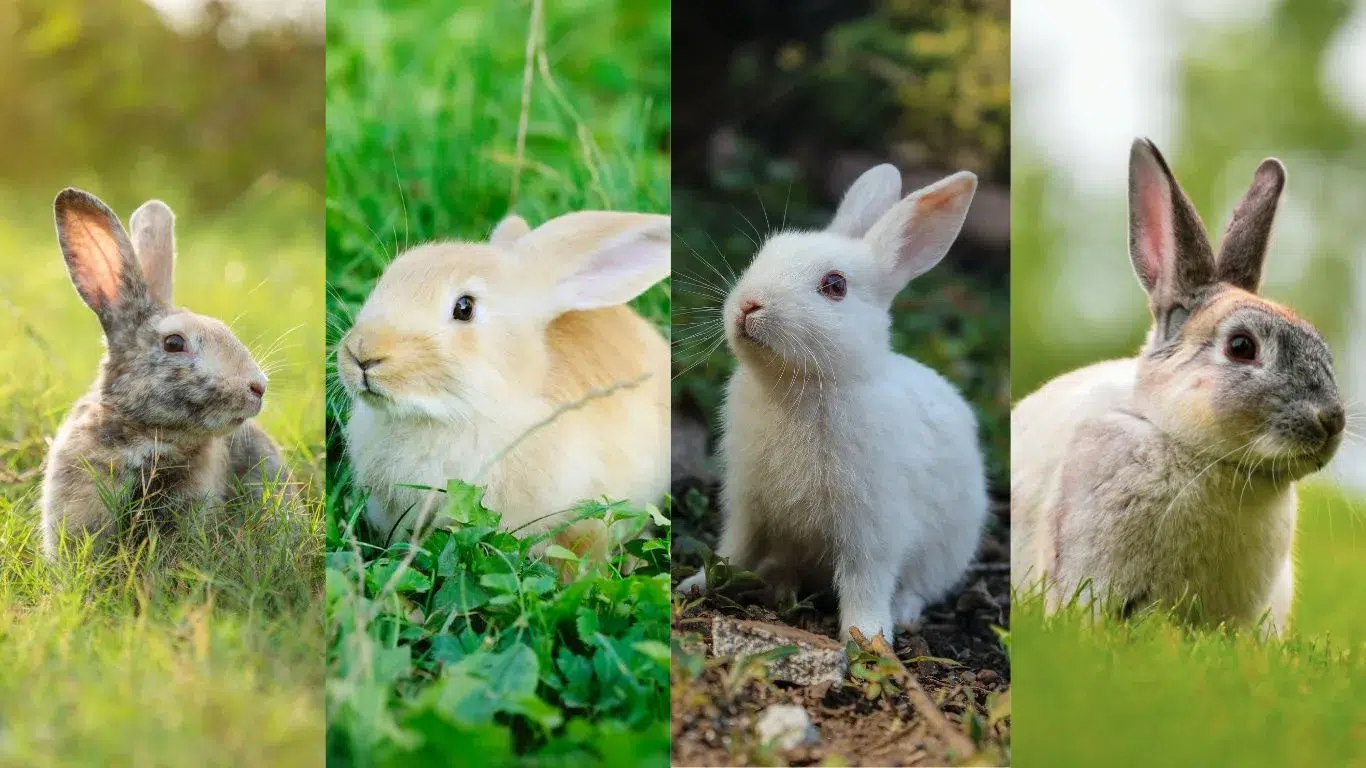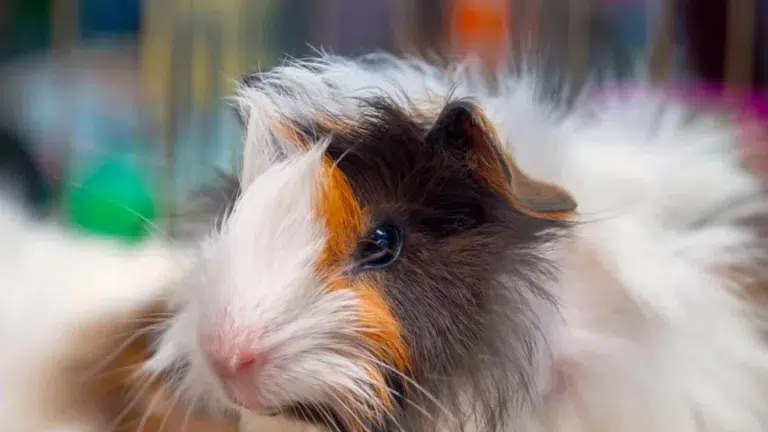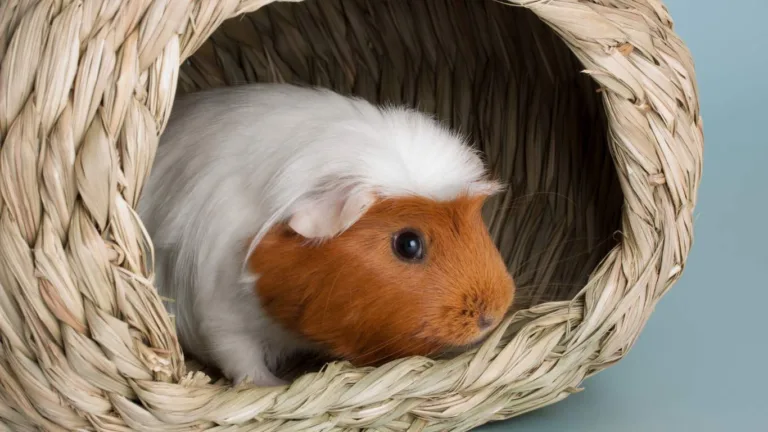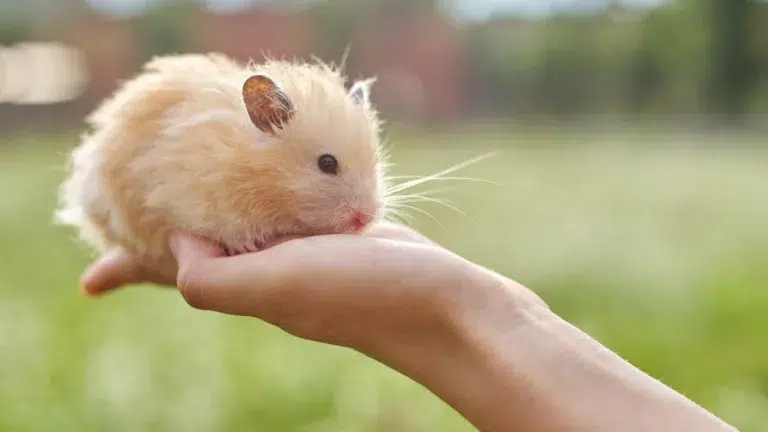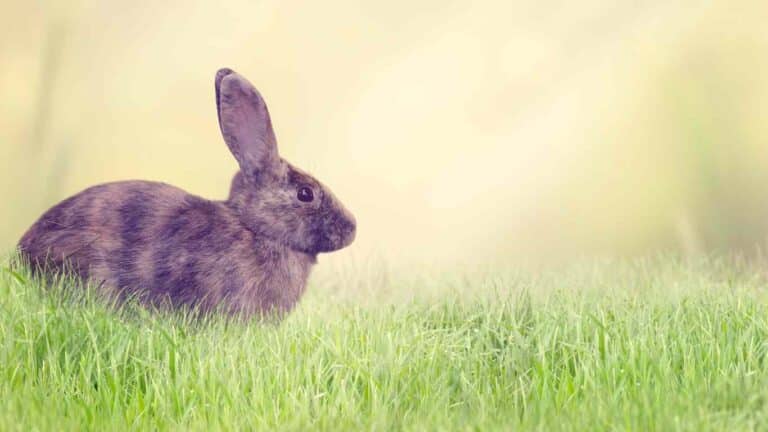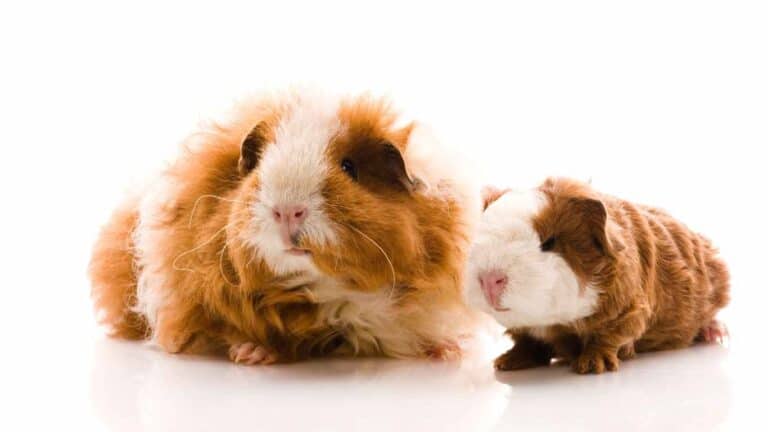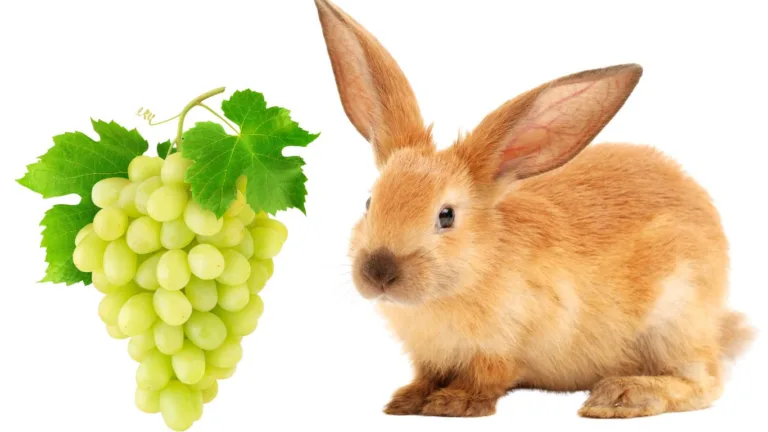Are rabbits rodents? This question often arises due to common misconceptions surrounding these furry creatures. But the truth is, rabbits are not rodents. Despite their similar appearance, rabbits belong to a different classification called Lagomorpha. Let’s take a closer look at the classification and clear up any confusion surrounding ‘Are Rabbits a Rodent’ and rodents.
Core Insights To Are Rabbits A Rodent:
Taxonomy and Terminology of Rabbits
Are Rabbits a Rodent? Rabbits and hares were formerly classified under the order Rodentia, which comprises rodents, but in 1912, they were moved into their own order called Lagomorpha. This reclassification highlights the distinct features and characteristics that set rabbits apart from rodents. Are Rabbits a Rodent? It is important to understand the taxonomy and terminology associated with rabbits to accurately discuss and identify them.
The family Leporidae encompasses various genera and species of rabbits, including the well-known European rabbit, which belongs to the genus Oryctolagus. To effectively communicate about rabbits, it’s essential to be familiar with the terminology commonly used in reference to them. Here are some key terms:
- Buck: Refers to a male rabbit.
- Doe: Denotes a female rabbit.
- Coney: An older term used to describe an adult rabbit.
- Bunny: Informal term broadly used to refer to rabbits.
- Kit or Kitten: Refers to a young rabbit.
- Colony or Nest: Describes a group of rabbits.
By understanding the taxonomy and terminology associated with rabbits, researchers, enthusiasts, and pet owners can engage in more accurate discussions and enhance their knowledge about these fascinating lagomorphs.
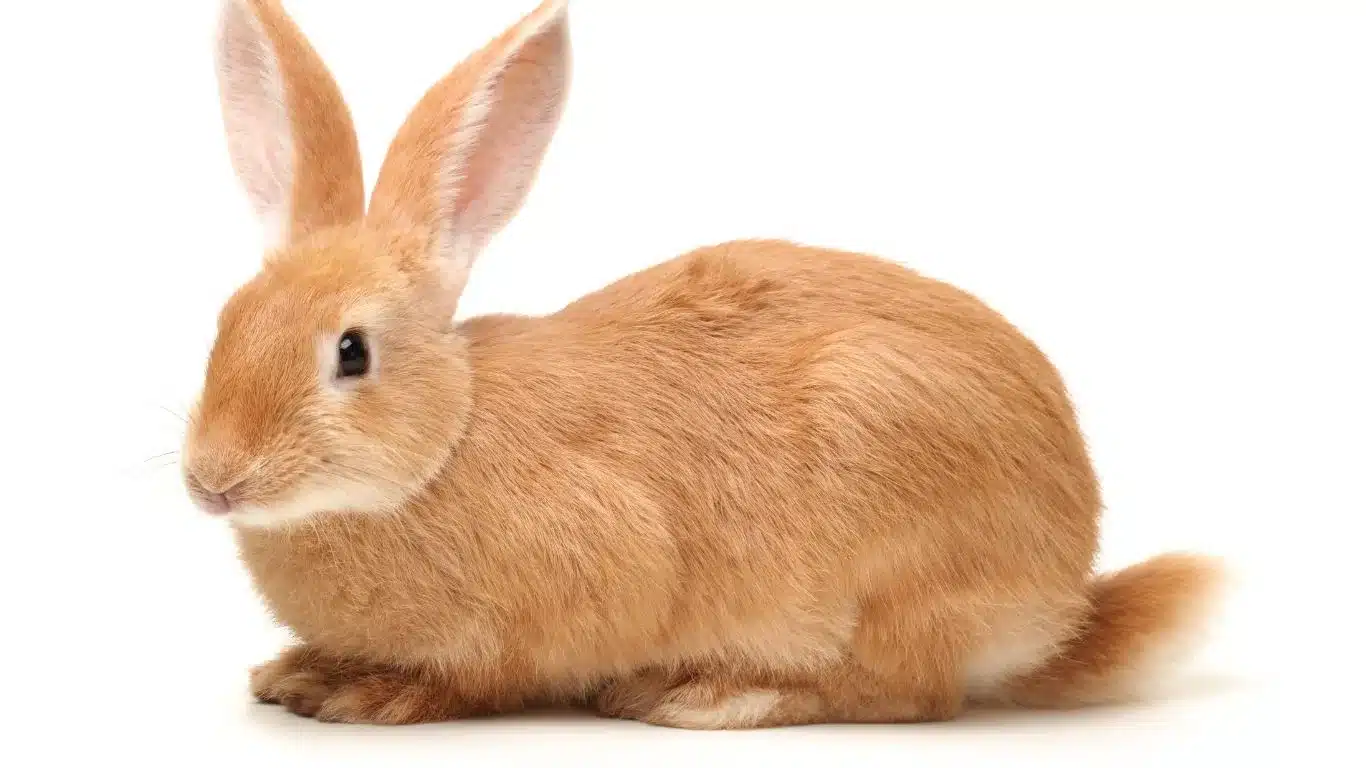
Rabbit Classification Chart
| Kingdom | Phylum | Class | Order | Family | Genus | Species |
|---|---|---|---|---|---|---|
| Animalia | Chordata | Mammalia | Lagomorpha | Leporidae | Oryctolagus | European rabbit (Oryctolagus cuniculus) |
Domestication and Uses of Rabbits
Rabbits have a long history of domestication and serve various purposes in human society. Are Rabbits a Rodent They have been kept as livestock since ancient Rome, with the European rabbit being the most commonly raised breed. Selective breeding has further contributed to the development of different rabbit breeds for specific uses.
Rabbits are bred for their meat and fur, making them valuable in the agricultural industry. Are Rabbits a Rodent
The Angora rabbit, known for its long, silky fur, is specifically bred for its cozy and luxurious coat. Its fur is highly prized in the textile trade. In contrast, breeds like the Rex have a short and plush coat, which is ideal for the fur industry. Both these examples demonstrate the adaptability of rabbits’ coats for commercial purposes.
Moreover, rabbits are also popular as pets due to their small size, gentle demeanor, and ability to bond with humans. Many families enjoy the companionship of rabbits as delightful and low-maintenance pets.
Furthermore, rabbits have played a role in scientific research. They serve as valuable subjects in various fields, including genetics, physiology, and biomedical studies, due to their genetic similarities to humans and ease of handling.
To fully appreciate the importance and versatility of rabbits, let’s take a closer look at a table that summarizes their uses:
Rabbit Uses Summary
| Use | Description |
|---|---|
| Livestock | Raised for meat and fur |
| Pets | Kept as companions |
| Textile | Fur production for clothing and accessories |
| Medical Research | Used as subjects in scientific studies |
This table provides a concise overview of the various roles rabbits play in human life, showcasing their significance across different industries.
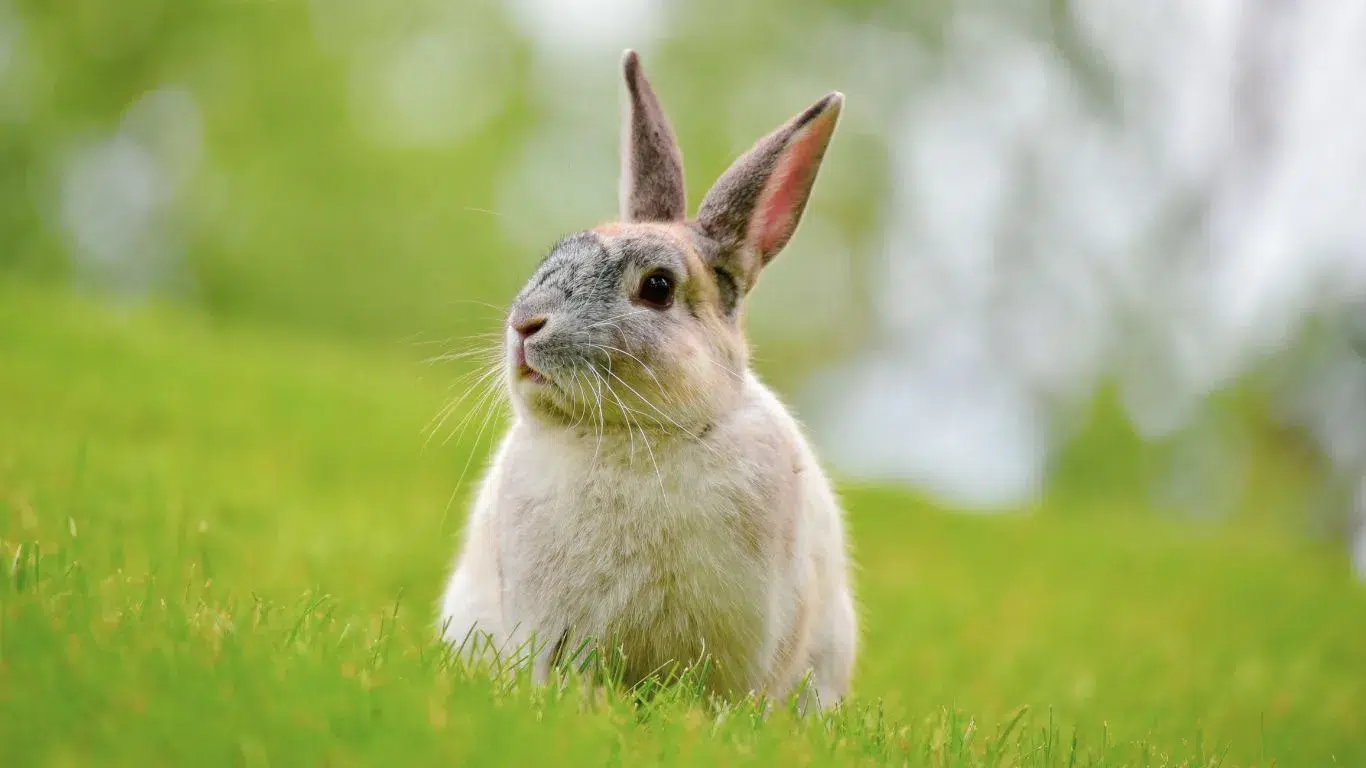
Rabbit Biology and Morphology
Rabbits are fascinating creatures with unique biological characteristics and distinct morphological features. Understanding their biology and morphology provides insights into their physical adaptations and behaviors.
Biology
Rabbits are obligate nasal breathers, relying solely on their noses to breathe. Unlike most rodents, they have two sets of incisor teeth, which continue to grow throughout their lives. These specialized teeth allow them to efficiently chew and grind their food.
Their hind legs are a remarkable feature that sets them apart. Rabbits have well-developed hind limbs, enabling them to hop with great agility and speed. The musculature of their hind legs contributes to their powerful jumping ability, which is vital for escaping predators in the wild.
Morphology
The hind limb elements of rabbits, which include the femur, tibia, fibula, and phalanges, have a structure similar to that of other land mammals. These bones provide stability and support, allowing rabbits to maintain balance and execute their characteristic hopping locomotion.
The long hind limbs of rabbits are adapted for their hopping behavior. They have elongated foot bones and specialized foot structures that aid in absorbing the impact of landings and provide propulsion during jumps.
Rabbits are true marvels of nature, showcasing remarkable adaptations in both their biology and morphology. Their unique dental structure and well-developed hind limbs make them well-suited for their herbivorous diet and speedy escape tactics
Understanding the biology and morphology of rabbits not only deepens our appreciation for these incredible creatures but also sheds light on their evolutionary success and survival strategies.
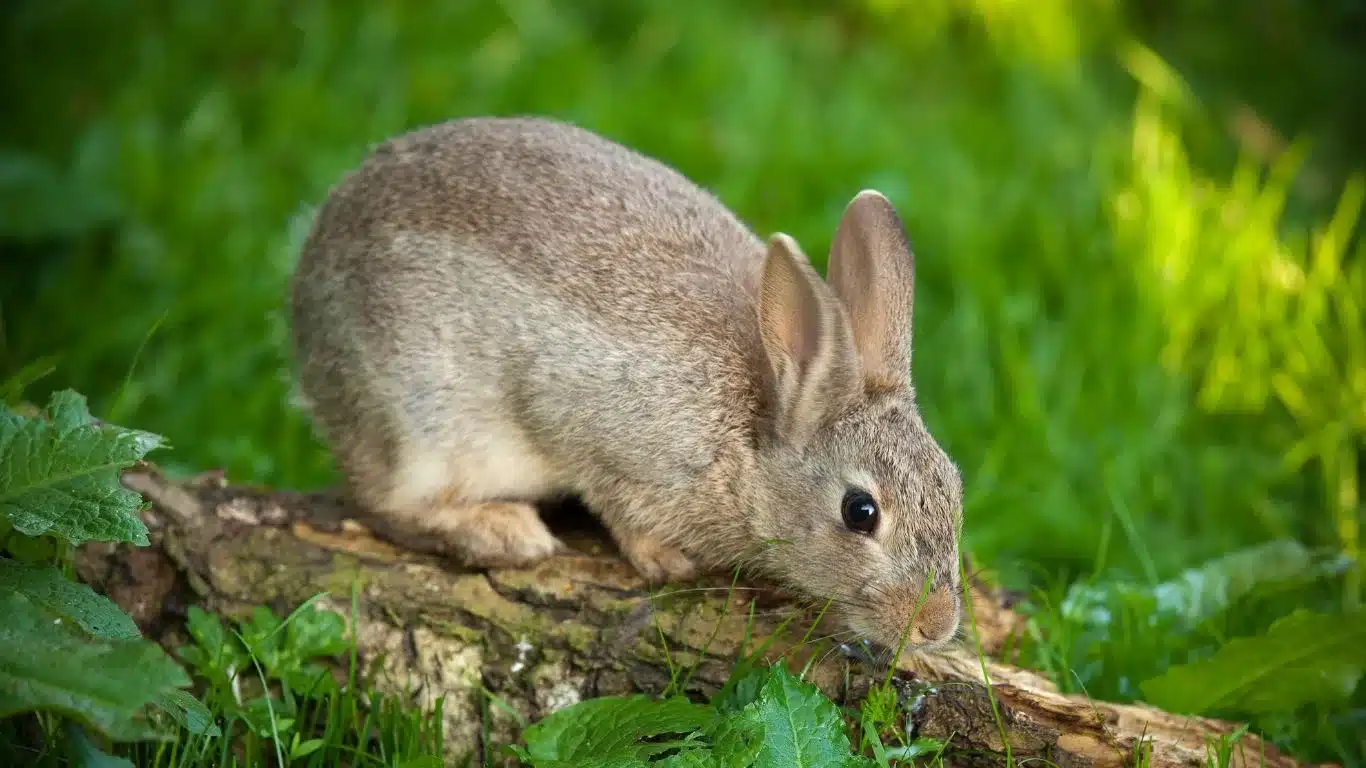
Closing Remarks
Rabbits are not rodents but belong to the order Lagomorpha. Are Rabbits a Rodent The taxonomy and terminology associated with rabbits play a crucial role in categorizing and identifying different breeds and individuals. Are Rabbits a Rodent Whether they are kept as pets or bred for their meat and fur, domesticated rabbits serve various purposes. Their unique biology and morphology, including their dental structure and hind limb adaptations for hopping, offer fascinating insights into their capabilities.
Understanding the correct classification of rabbits helps dispel misconceptions and ensures the dissemination of accurate information about these beloved animals. Are Rabbits a Rodent With their diverse uses and captivating characteristics, it’s important to appreciate and respect rabbits as members of the Lagomorpha order.
By exploring the taxonomy, terminology, biology, and morphology of rabbits, we can deepen our knowledge of these intriguing creatures. From their distinct incisor teeth to their agile hind limbs, studying the unique features of rabbits enhances our understanding of their physical abilities and adaptations.
Next time you encounter a rabbit, remember that it is not just a mere rodent. Instead, recognize and appreciate its rightful place in the Lagomorpha order, alongside other fascinating species. By promoting accurate information and dispelling misconceptions, we can foster a greater understanding and love for these beloved animals.
FAQ
Are rabbits rodents?
No, rabbits are not rodents. They are classified as small mammals in the family Leporidae, which is in the order Lagomorpha. Despite common misconceptions, rabbits and rodents are separate groups with distinct traits.
What is the taxonomy and terminology associated with rabbits?
Rabbits belong to the family Leporidae, with the most well-known breed being the European rabbit (genus Oryctolagus). Terminology related to rabbits includes buck (male rabbit), doe (female rabbit), coney (older term for adult rabbit), bunny (informal term for rabbits), kit or kitten (young rabbit), and colony or nest (group of rabbits).
How have rabbits been domesticated and what are their uses?
Rabbits have been domesticated for a long time, primarily for their meat and fur. The European rabbit, in particular, has been widely kept as livestock since ancient Rome. Different rabbit breeds have been selectively bred for specific purposes, such as the Angora rabbit for its long fur and the Rex breed for the fur trade. Rabbits are also kept as pets and have been used as research subjects.
What are the unique biological characteristics and morphology of rabbits?
Rabbits have unique features that distinguish them from rodents. They are obligate nasal breathers and have two sets of incisor teeth that continuously grow throughout their lives. Their hind legs are well-developed, allowing them to hop with agility and speed. The hind limb elements of rabbits are structurally similar to other land mammals and are adapted for their hopping locomotion with long limbs and specialized foot structure.

